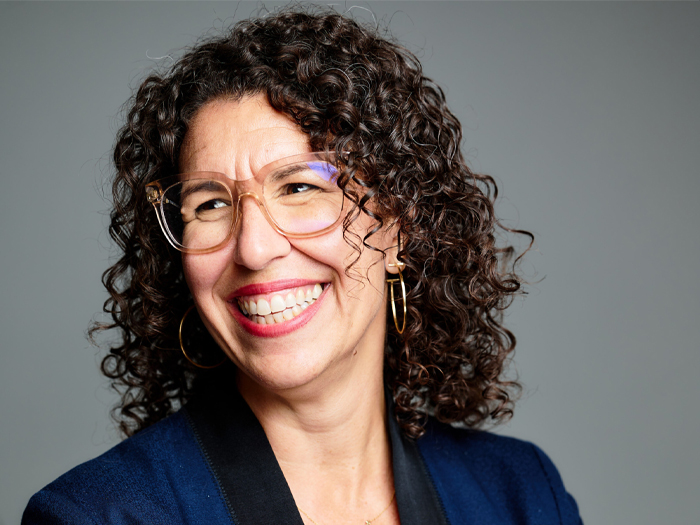Risk Insider: Jonathan Hall
Location is Everything
Location isn’t only important in real estate. It is also critical to supply chain resilience. To be resilient, companies must understand where their suppliers are located. They must also understand the susceptibility of those locations to disruption.
Businesses often engage suppliers in regions with lower labor costs. That can backfire if not enough attention is paid to the location of these suppliers or to the adequacy of contingency plans in the case of business disruption. Large global companies with deep supply chains are often at greater risk given the potential for impact to on-time deliveries, supplier responsiveness and sustainability.
Your Suppliers’ Suppliers
Ask yourself: Do I know the locations of all the companies within the supply tiers that feed my final production and assembly? Some of your suppliers’ suppliers may be located in areas prone to power outages, landslides, political upheaval or labor unrest, which could shut down a critical facility for a significant period of time.
The devastating fire that killed more than 250 people at a garment factory in Pakistan stands as a stark reminder. Building codes were not enforced in that case.
While many companies have established standards to identify all suppliers in all tiers, these standards require ongoing analyses of each supplier’s financial stability and their regions’ economic and political stability. When it comes to suppliers’ suppliers, incorrect assumptions may be made about the resiliency of second- and third-tier suppliers.
Supplier location is important for another reason — the efficacy of building codes and other construction standards in a region. But those codes do no good without enforcement. The devastating fire that killed more than 250 people at a garment factory in Pakistan stands as a stark reminder. Building codes were not enforced in that case.
From a risk management standpoint, companies should insist their suppliers maintain the same quality and integrity in their facilities that they conform to themselves. For larger global entities, it is prudent to require tier one suppliers to conduct business only with suppliers that maintain high building construction standards. Absent this assurance, the onus is on companies to map out their supplier’s location, peruse local building codes and investigate compliance.
Relying on too many suppliers in the same region also can be problematic. Geographic clusters of Tier 1, Tier 2 and even Tier 3 suppliers are increasingly common, according to a recent report by Deloitte. And while capitalizing on groups of experienced workers in proximate facilities can streamline supply chains and pare costs, it only makes sense if the risk is gauged in relation to the opportunities.
More Than Meets the Eye
Where a company is located is a crucial determinant of supply chain risk. Certain countries are simply more resilient to supply chain disruption than others. Our research with Oxford Metrica bears this out, indicating that Norway, Switzerland and Ireland are highly resilient regions, whereas Venezuela, the Philippines, India and Bangladesh are much less so, subject to country-inherent risk stemming from such things as corruption, political instability or natural hazards.
Today, risk is no longer scrutinized in a vacuum. The sum of the whole is what makes a supply chain resilient.










